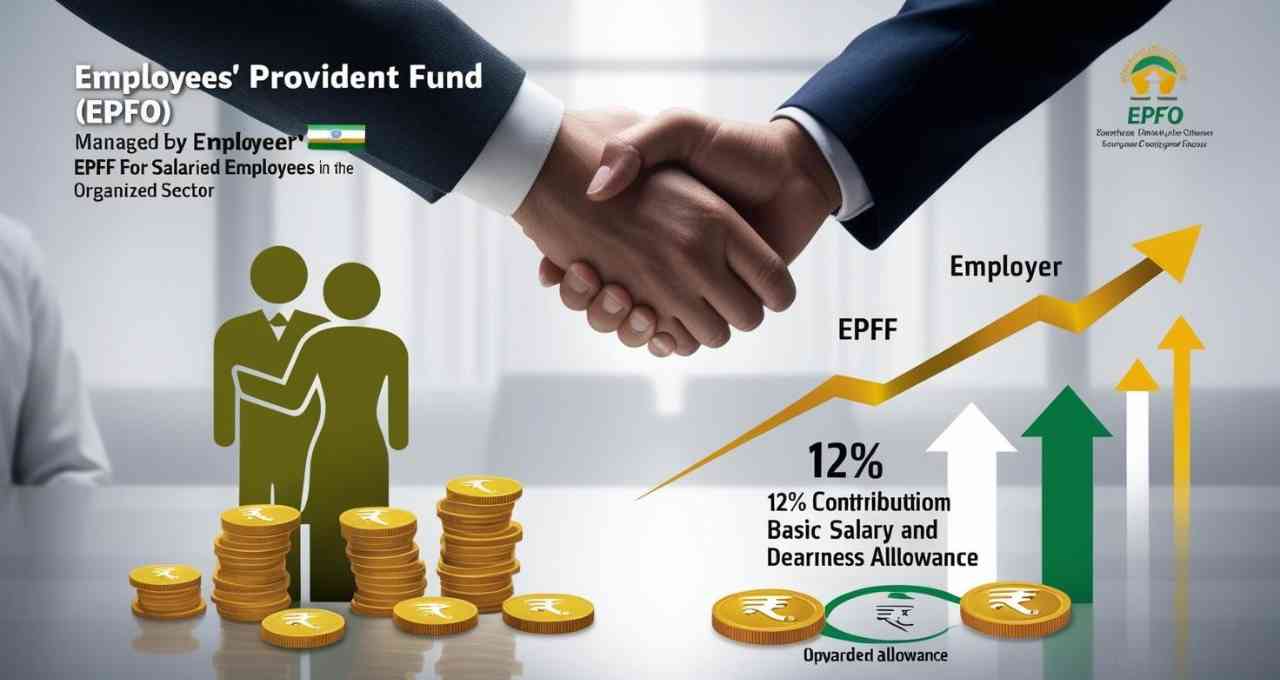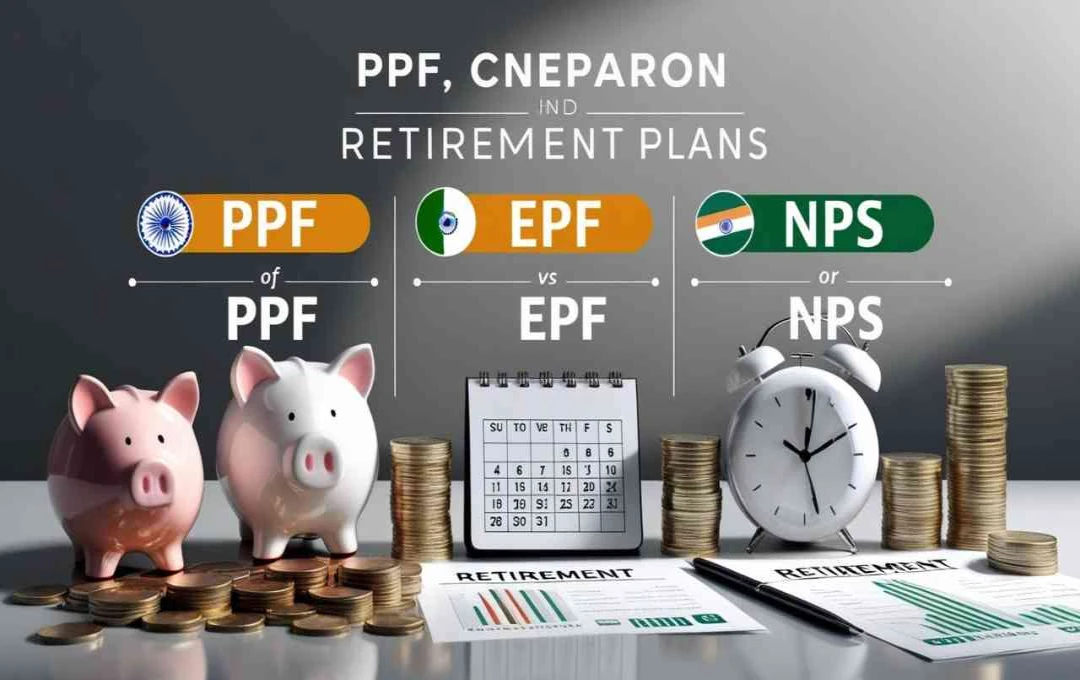PPF, EPF, or NPS: Confused about choosing a retirement plan? Find out which option is best for you.
New Delhi. Planning your finances well in advance is crucial for a financially secure and independent life after retirement. The Indian government offers several saving schemes for this purpose, with the Public Provident Fund (PPF), Employees' Provident Fund (EPF), and National Pension System (NPS) being prominent examples. However, understanding which option is best among these schemes can often be challenging. To help you, here's a detailed analysis of these three schemes, allowing you to make an informed decision based on your needs and profile.
Public Provident Fund (PPF)

The Public Provident Fund is a long-term savings scheme designed specifically for investors seeking secure and tax-free returns. Annual investments can range from a minimum of ₹500 to a maximum of ₹1.5 lakh.
Key Features:
- 15-year lock-in period, extendable in 5-year blocks.
- Current interest rate of 7.1% per annum, determined quarterly by the government.
- Tax deduction of up to ₹1.5 lakh under Section 80C of the Income Tax Act on investment.
- Interest and maturity amount are entirely tax-free.
Drawbacks:
- Long lock-in period.
- Returns may not outpace inflation.
Employees' Provident Fund (EPF)

The EPF scheme, managed by the Employees' Provident Fund Organisation (EPFO), is primarily for salaried employees in the organized sector. Contributions come from both the employee and employer, amounting to 12% of the basic salary and dearness allowance.
Key Features:
- Current interest rate of 8.25%.
- Tax deduction of up to ₹1.5 lakh under Section 80C of the Income Tax Act on contributions.
- Annual contributions up to ₹2.5 lakh are tax-free.
- The entire amount received after retirement is tax-free.
- Partial withdrawal facility available.
Drawbacks:
- Tax applicable on annual contributions exceeding ₹2.5 lakh.
- Available only to salaried employees.
National Pension System (NPS)

NPS is a market-linked retirement scheme where investors can choose to invest in equities, corporate bonds, and government bonds. Returns are not fixed as they depend on market conditions.
Key Features:
- No maximum investment limit.
- Average return of 8-10%.
- Tax deduction of up to ₹1.5 lakh under Section 80C and an additional ₹50,000 under Section 80CCD(1B).
- 60% of the corpus is tax-free at retirement; purchasing an annuity with the remaining 40% is mandatory.
- Investors can choose investment options based on their risk appetite.
Drawbacks:
- Returns are entirely market-dependent.
- Purchasing an annuity upon retirement is mandatory.
If you desire risk-free and tax-free returns and can invest for the long term, PPF might be a suitable option. For salaried employees, EPF is a better choice due to employer contributions and a higher interest rate than PPF. On the other hand, if you are willing to accept market risk for potentially higher returns, NPS could be beneficial.














